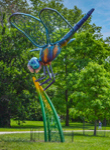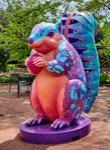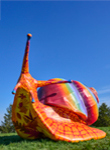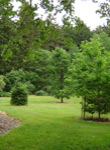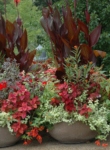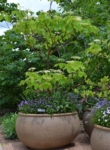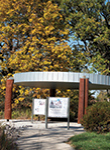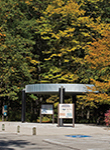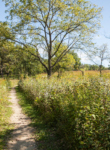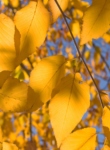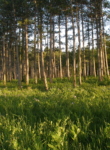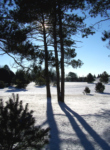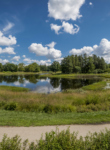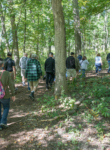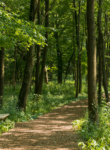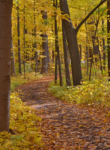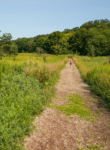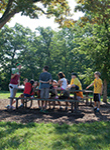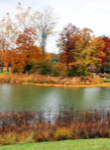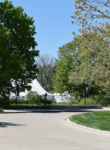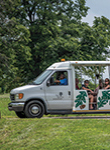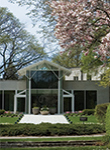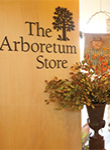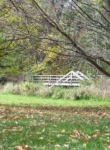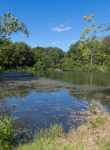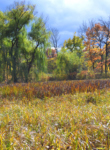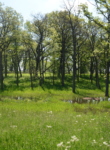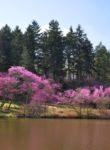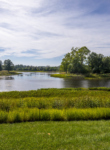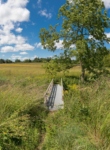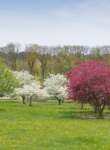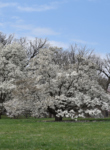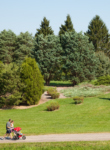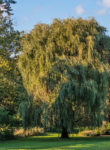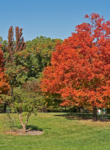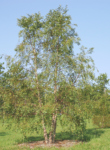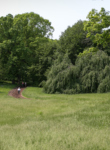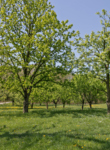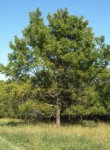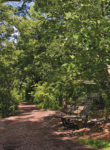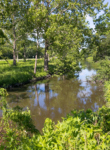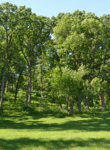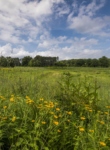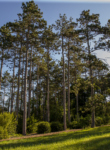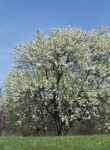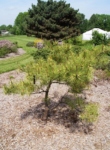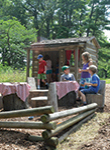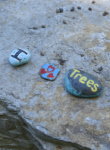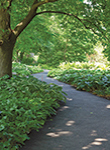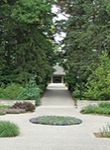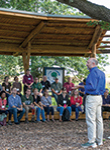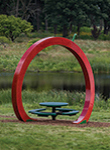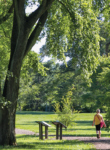Poison ivy is native to North America and is found throughout the eastern United States. It is dangerous to handle. The oil produced by this species can cause dermatitis upon contact with skin, and therefore should never be touched. It causes intense itching, swelling, and rashes. This plant’s seeds are dispersed by animals. The plant can also reproduce via its large underground system of roots and rhizomes. It commonly grows in woodlands, savannas, and forests, as well as in disturbed sites.
More Information
Size and Method of Spreading
Poison ivy can grow to be a long vine or a sprawling shrub. As a vine, it can grow to be over 60 feet in length, often growing to the tops of tall trees. As a shrub it can range from 2 to 6 feet tall.
Bark Color and Texture
The bark of poison ivy is more visible on older specimens, especially vines. Old, woody stems are brown, with coarse hairs and prominent aerial rootlets that attach the vines to the bark of a tree.
Leaf Description
The compound, alternate leaves have three leaflets (trifoliate). The upper leaflet is larger in size than the two lower ones. Each leaflet is generally ovate, with a sharp point at the tip, although leaflet shape can be varied. The edges (margins) of the leaves are also variable. They are sometimes completely smooth (entire) and sometimes jaggedly toothed. The leaf has pinnate venation and a smooth surface. Young leaves of poison ivy will be maroon or burgundy in early spring. In autumn, the leaves will turn bright red or red-orange.
Flower Description
Poison ivy’s small, greenish-white flowers are borne in branching clusters (panicle inflorescence) along the stem. Male and female flowers are on separate plants (dioecious). Each star-shaped (stellate) flower is about ¼ inch long, with four to five petals each. Flowering time is late spring into early summer.
Fruit Description
The round fruit of poison ivy houses a single seed (drupe) and ranges in color from white to creamy yellow. It is small (⅛ inch) and has a smooth surface.
General Management
For more information on management of this plant, contact The Morton Arboretum Plant Clinic (630-719-2424 or plantclinic@mortonarb.org).

